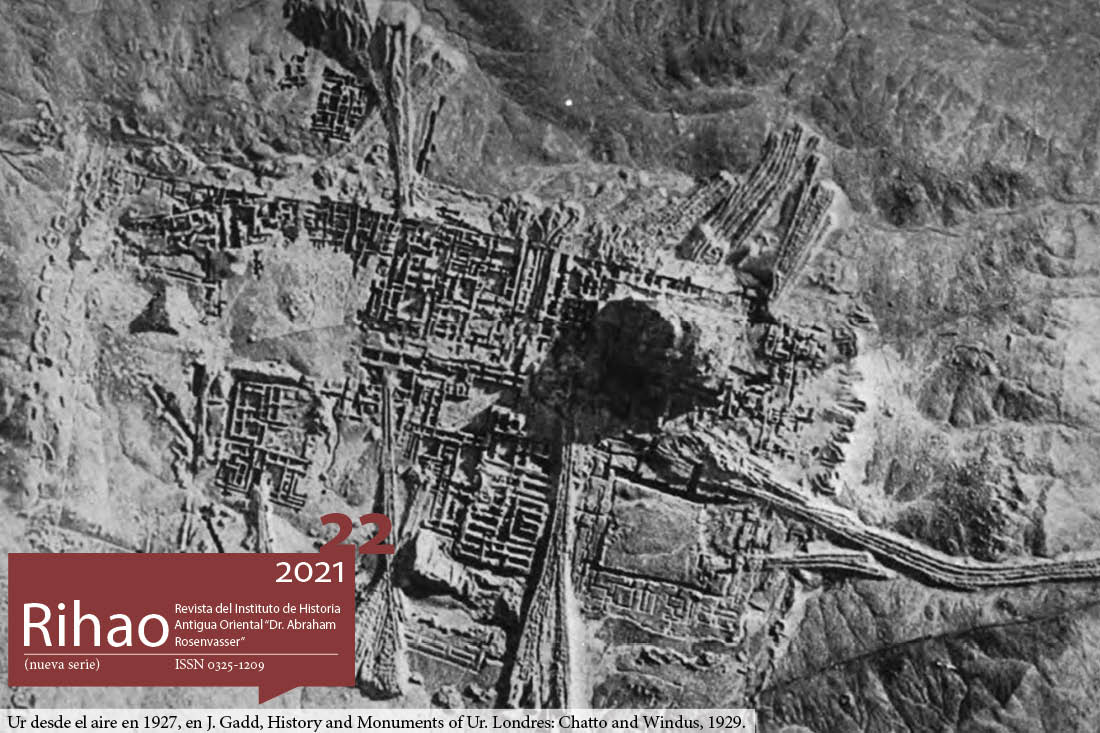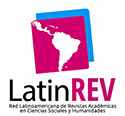Emblematic Cities of the Past: From the Primal City (Uruk-Warka) to the Archetypal Megalopolis (Teotihuacan)
Keywords:
Lower Mesopotamia, Central Mexico, multiethnic, urban grid
Abstract
This paper addresses a particular huge urban settlement which was an exception in its area, and constituted an archetype in Central Mexico, experimenting precocious processes of change in what V. Gordon Childe named “the urban revolution”. When comparing Teotihuacan (during the Classic Period of Mesoamerica, 100-650 CE) with the first urban settlements in Lower Mesopotamia during the Late Uruk period (3500-3100 BCE), such as Uruk-Warka, the respective qualitative transformations that these processes entailed created innovative forms of civilized life, a new type of site in each region, and new forms of social interactions and specializations within the urban population. Nevertheless, there are differences between these two regions which should be pointed out. The developed settlement hierarchy with four tiers which is characteristic of Lower Mesopotamia, is not present in Central Mexico; the urban grid and the multiethnic society of Teotihuacan is a new phenomenon not shared by the Lower Mesopotamian early cities, although seen some centuries afterwards in the Indus Valley.Downloads
Download data is not yet available.
Published
2021-11-30
How to Cite
Manzanilla, L. R. (2021). Emblematic Cities of the Past: From the Primal City (Uruk-Warka) to the Archetypal Megalopolis (Teotihuacan). Revista Del Instituto De Historia Antigua Oriental ’Dr. Abraham Rosenvasser’, (22). https://doi.org/10.34096/rihao.n22.10915
Issue
Section
Dossier. Ciudades y urbanismo en el mundo antiguo





.jpg)







